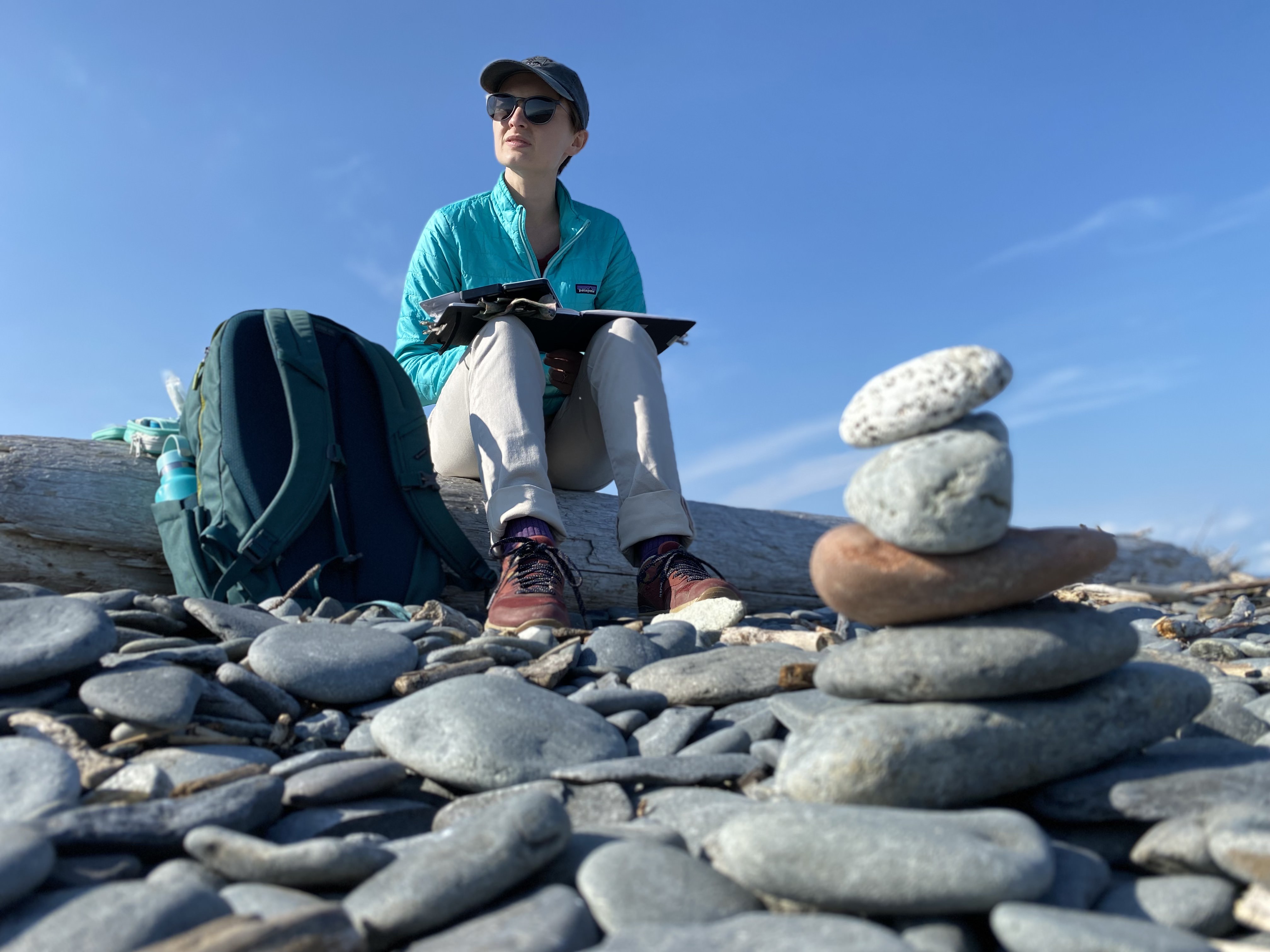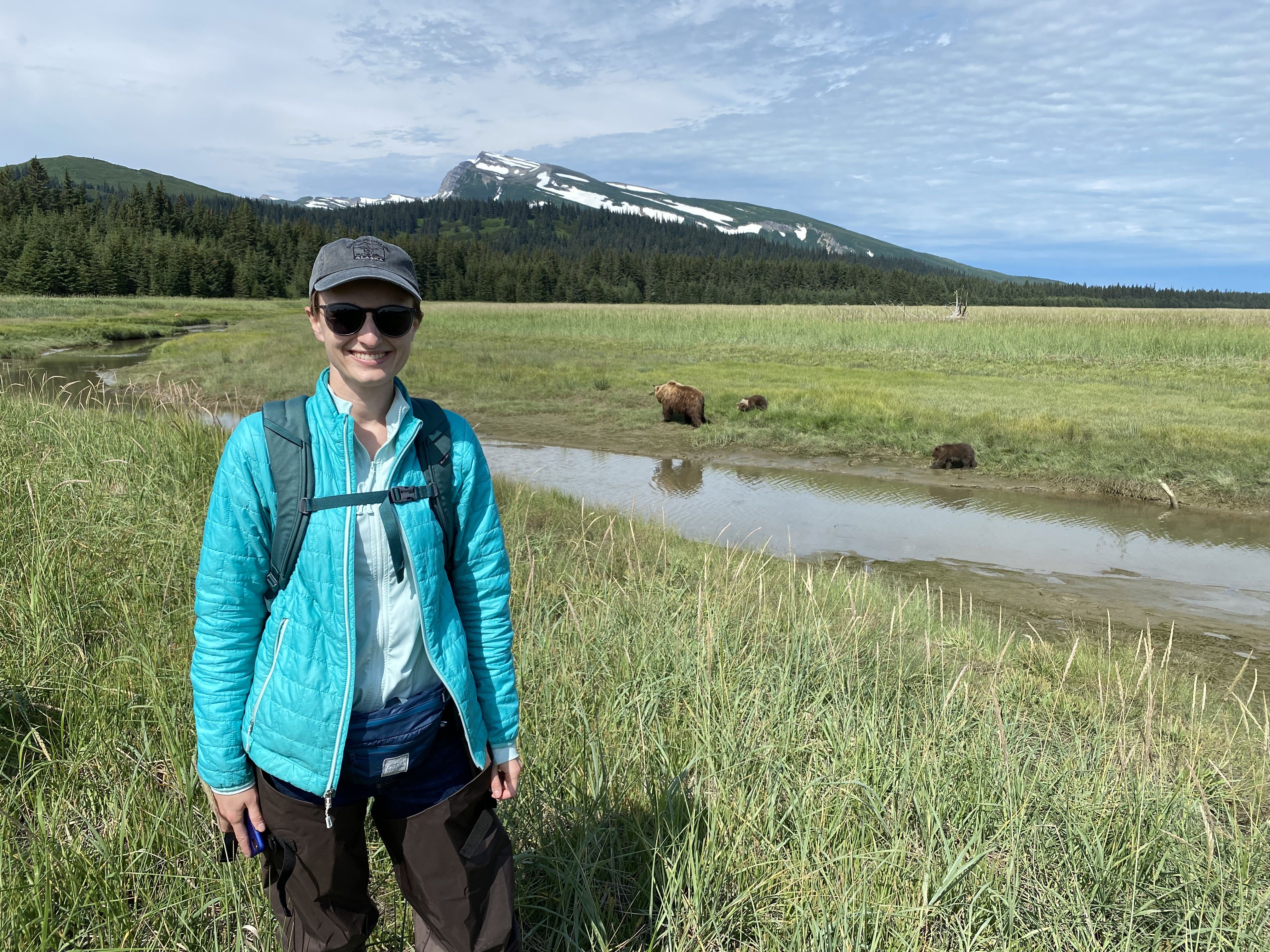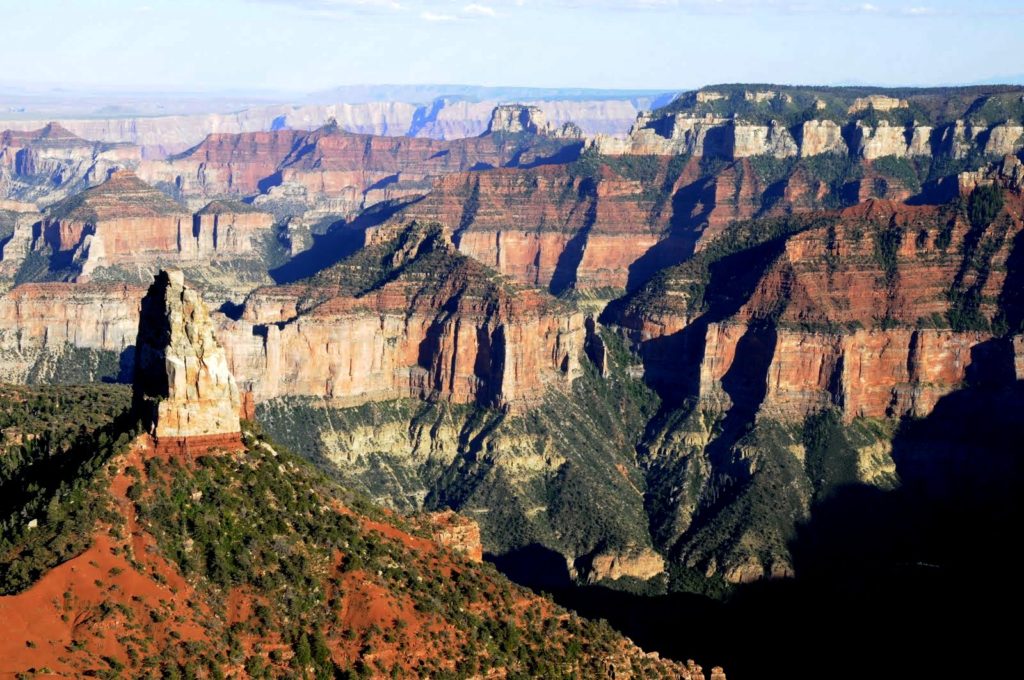
In lulls between larger adventures and travel, I try to find ways to keep my regular life interesting and full of wonder. Whenever I return from a big trip, I usually find it hard to settle back into regular life without constantly envisioning the next adventure. But what if there was a way to harness that mental energy and turn it into something productive? Instead of mindlessly yearning for a trip that could be months away, I’ve discovered the magic of online learning.
The Wonders of Online Learning
After years of studying to become an engineer, I thought I was all tapped out on academics. However, I realized one key difference between my current and my college self:
I am an adult and do not have to study thermodynamics anymore.
**I can take whatever classes I want.
**
**If I want to learn about dinosaurs, then I’m going to learn about dinosaurs.
**
And thus my love of Coursera was born.
Coursera is an online learning platform that has hundreds of free courses from leading universities. My previous impression was that Coursera was saturated with full-on lecture classes and recordings of professors writing on chalkboards, and that all classes had homework and required the commitment of a full-time student. Never had I been more wrong. Note: There are many other online learning platforms out there, but I’ve had a great experience with Coursera and like their selection of humanities and science curriculum.
Leaping Lizards: Dino 101
After my visit to the Houston Museum of Natural Science, I uncovered an interest in dinosaurs that had long been buried inside of me (paleontology puns very much intended). I stumbled across Dino 101, an introduction to dinosaur paleobiology taught by the University of Alberta.
It’s a 12-week lecture course with well produced videos specific to the online course, a virtual 3D fossil viewer, and a timeline of Earth’s eras to provide context. Each week’s videos were an hour at most and broken up into 5 to 15 minute chunks. Best of all, the class only required passing a 5-question multiple choice test every week, with no cumulative final. Now this is continued learning at its best! I could learn as much or as little as I wanted about dinosaurs without the stress of remembering it all or staying on an exact schedule. They even have other classes on vertebrates, aquatic reptiles, and mammals.
This is not a dinosaur, but is still incredibly awesome!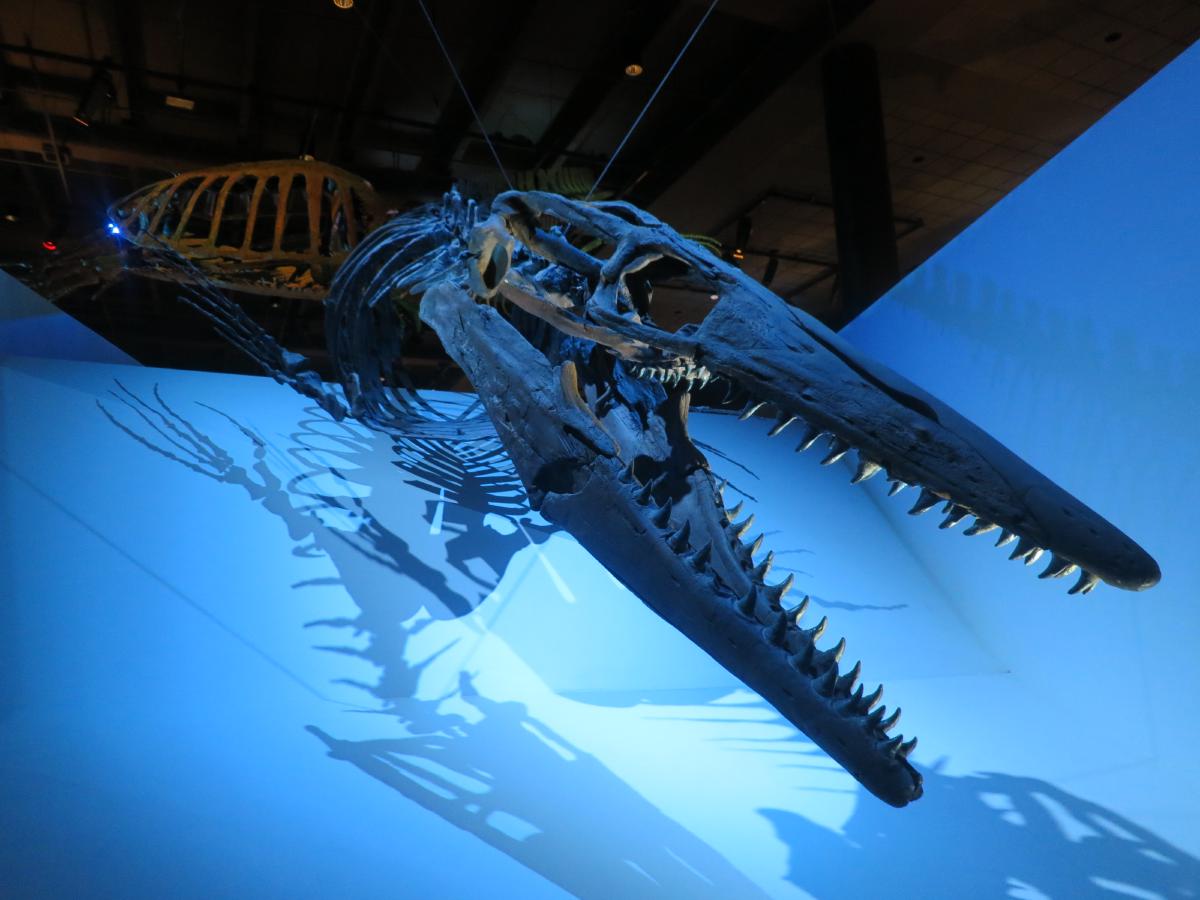
Did you know that no dinosaurs are aquatic or avian? Dinosaurs are a very specific subset of “reptiles.” Pleiosaurs, pterodactyls, and dimetrodons are not dinosaurs!
Did you know that we humans are closer in time to the Tyrannosaurus, than the T-Rex is to the Stegosaurus? Dinosaurs were around for almost 200 million years!
After taking this class, I dragged my husband all the way across the Rainbow Tunnel between terminals in the Chicago O’Hare airport to see the Brachiosaurus statue during our layover. Totally worth it!
The Hills Are Alive: Mountains 101
Many people know that I absolutely love rocks. From road trips to Death Valley, Arches National Park, and the Grand Canyon to Grand Teton National Park and Alaska, I just can’t get enough of the amazing terrain that makes up the surface of the planet. Naturally, I enrolled in Mountains 101, also from the University of Alberta. The topics range from how mountains are formed, to how they affect the climate, to how animals, plants, and humans adapt to life at high altitude. The course even delves into how mountains are viewed in society, covering the history of mountains in literature and the often marginalized populations that live in the mountains and are affected by tourism and climate change.
Stunningly pointy mountains in Grand Teton National Park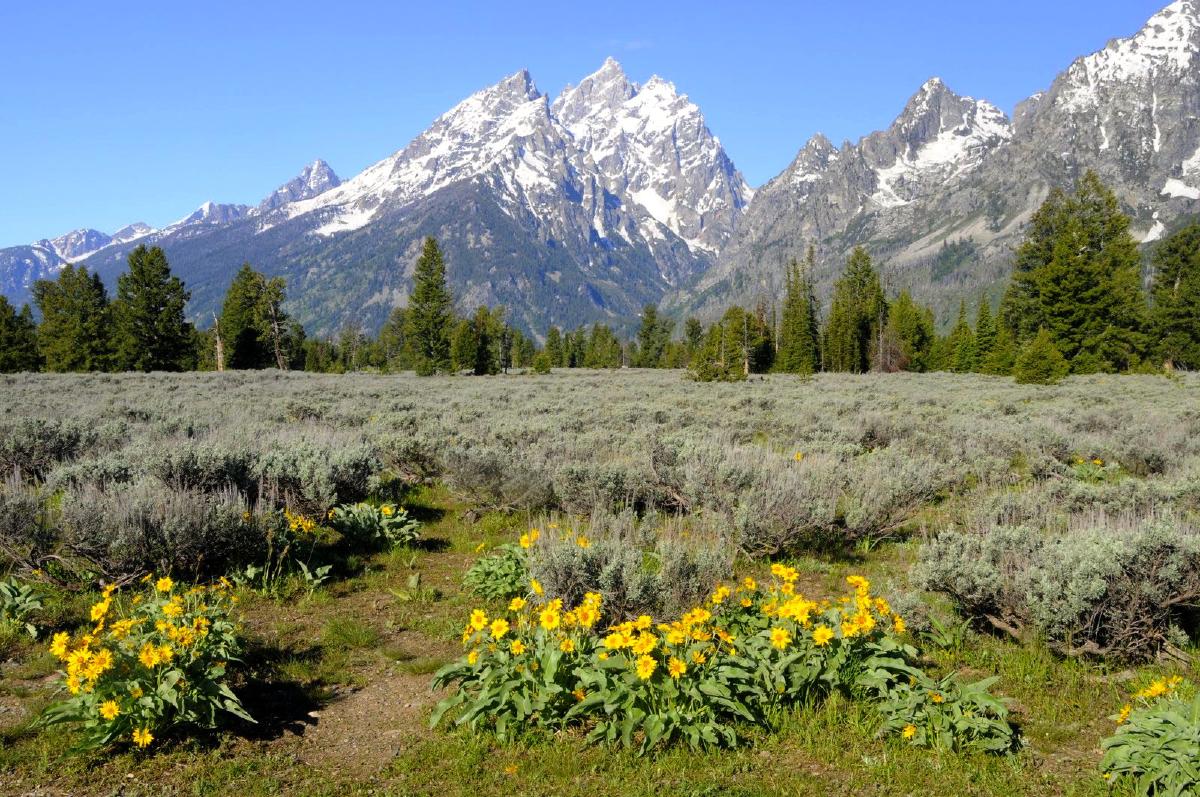
I was fascinated by the history portion of the course and the contradictions that mountains posed to early writers and scientists. Mountains are incredibly old and take millions of years to form, but in a time when the Church defined how the Earth was created and how old it was, scientists had to be creative to explain how mountains were formed within the framework of the time. As the socially accepted age of the Earth kept getting older, scientists were able to ask more questions and develop more accurate theories.
The cinematography of mountains in the videos is absolutely stunning, and it took all of my willpower to resist jumping on a plane to Alberta. Every lesson, there is a tech tip to help people explore the mountains more safely, ranging from choosing the right hiking boots to using a compass. There’s also a world map to provide the location of mountain ranges and geological features mentioned in the lesson. Let’s just say that this class was much more accessible than the audiobook of John McPhee’s Basin and Range that my dad used to play on car trips when I was little, although maybe I should give it another go now that I’m no longer seven years old.
Why Take Online Courses?
Even a weekend hike in Austin has incredible rocks to look at!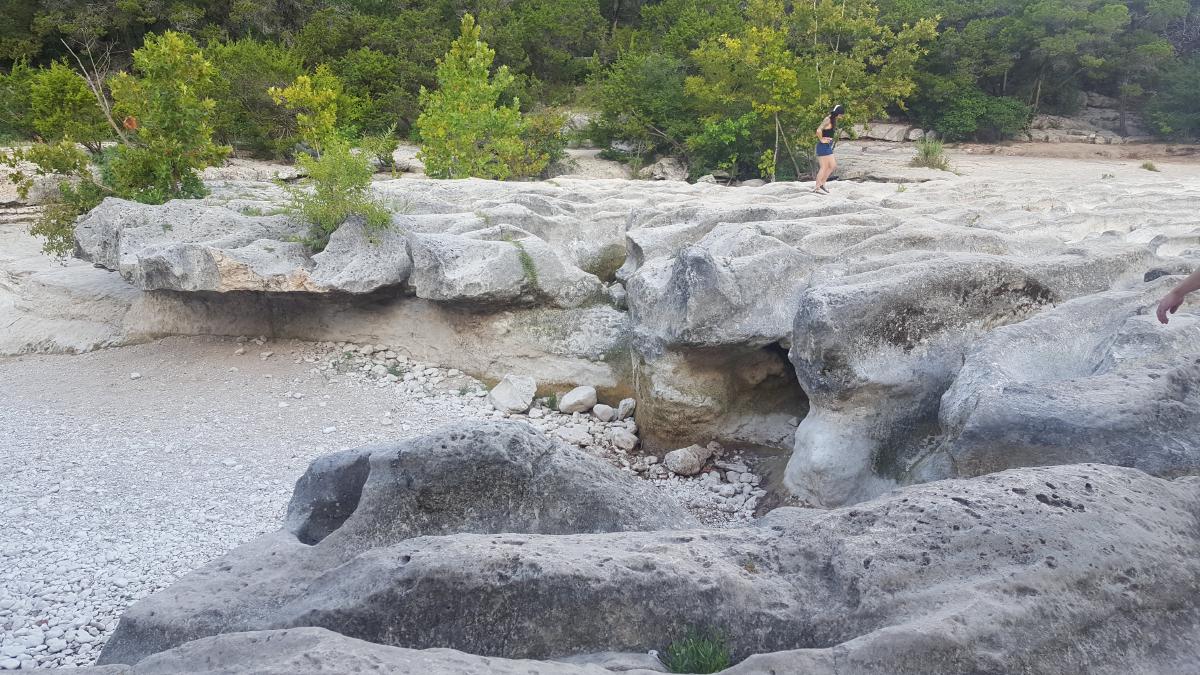
If mountains and dinosaurs don’t interest you, there are plenty of other ways to enhance and inspire travel when you’re not on the road. Learn a second language. Discover a culture through online courses, a documentary, or books. Experience new kinds of food and learn how to cook them at home. Who knows what will inspire your next trip?
I’m already dreaming of a trip to the stunning Canadian Rockies and Dinosaur Provincial Park in Alberta, and once the water level drops in Austin, I’ll make a trip to the Leander Dinosaur Tracks that are preserved in a riverbank. Most local hiking trails have placards that explain the geology and formation of the area (fun fact: most of the US was once an ancient seabed) that make us realize that there was something before us, and the Earth will survive long after we’re gone in one way or another. I’m using these courses to gain a context for the world around me, and an appreciation for other cultures, types of people, and days gone by. After all, isn’t the point of travel to learn? It is for me, at least.
So, what’s next? I finally visited the Rosicrucian Egyptian Museum in San Jose over Thanksgiving and couldn’t get enough of mummies. Time to learn about Ancient Egypt!
All opinions and recommendations are my own and as unbiased as possible. As an Amazon Associate I may earn from qualifying purchases made through some affiliate links on this page. Read the full disclosure policy here.

